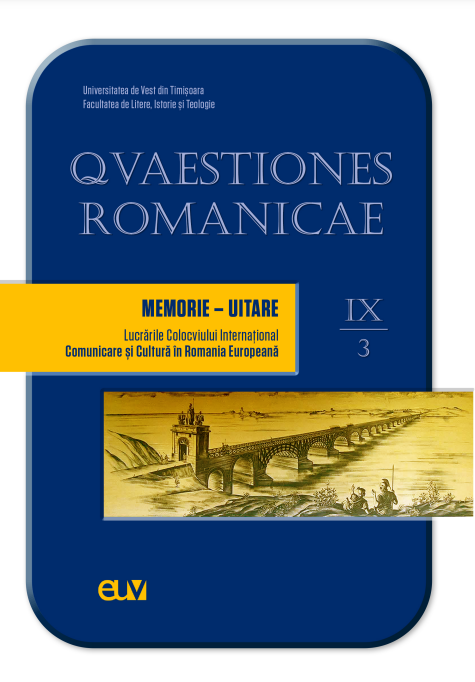Contribuția arhitectului italian Giovanni Morando Visconti la cunoașterea antichităților Daciei Romane
The contribution of the italian architect Giovanni Morando Visconti to the knowledge of the antiquities of Roman Dacia
Author(s): Călin TimocSubject(s): History, Ancient World, 17th Century
Published by: Universitatea de Vest din Timişoara
Keywords: Habsburg army; Transylvania; Italian architect; Roman ruins; Visconti;
Summary/Abstract: The Habsburg conquests in South-Eastern Europe brought major changes in the lifestyle of the Balkan peoples but also in the local military and civilian architecture. The House of Austria benefited through the Holy League from all the support of Western Christianity (except France), including the Pope of Rome encouraged Italian cities that were in a permanent rivalry to stop the internal wars and send all their economic support and military to stop the extensive Ottoman attacks aimed at conquering Vienna. In this context of the enlistment in the Habsburg army of mercenaries from all over the world of the Holy Roman Empire, a whole series of Italian nobles, with good technical and humanistic knowledge, sought to make military fortune and glory by fighting in the Austrian "Great War". Turkish (1683-1699). Among those who made a career in the imperial army as an engineer and military architect leaving his mark on the Transylvanian cities is Giovanni Morando Visconti, an exceptional figure who became close to General Eugene of Savoy and the architect who enjoyed the highest confidence in the emperor and the courtly council of war. The memory of Visconti and his valuable activity is best preserved in Alba Iulia, the fortress of Vauban, which he designed and where he died of the plague, during its construction. He also left us the first printed map of Transylvania and the neighboring territories, on which are marked a whole series of civil localities and fortifications, but also Roman ruins. His work is extremely valuable and useful even to archaeologists today.
Journal: Quaestiones Romanicae
- Issue Year: IX/2022
- Issue No: 3
- Page Range: 170-177
- Page Count: 8
- Language: Romanian

